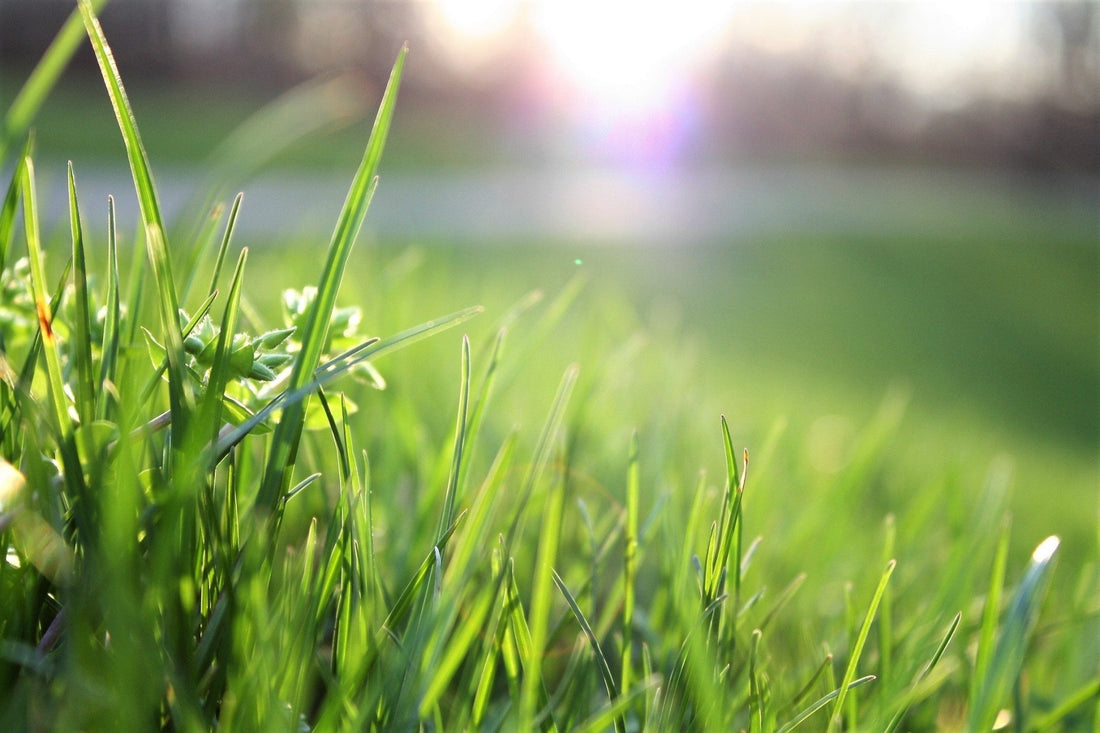Watering Your Way to a Greener Lawn: The Photosynthesis-Water Connection
Ah, photosynthesis—the magical process where plants turn sunlight into food. It's the botanical version of "cooking with gas," except it's all about chlorophyll and carbon dioxide instead of recipes and ingredients. But here’s a nugget of wisdom that might surprise you: water plays a starring role in this green kitchen. And when it comes to your lawn, getting the watering right is just as crucial as sunlight.
The Photosynthesis-Water Tango
Let’s get a bit science-y, shall we? Photosynthesis is the process by which plants, including your lawn, convert sunlight into energy. It’s like the ultimate solar power system. But here’s the kicker—water is a crucial ingredient in this process. Without adequate water, your lawn’s ability to photosynthesize is severely hampered. Think of it as trying to bake a cake without eggs. Sure, you might end up with something vaguely cake-like, but it’s not going to win any prizes.
When your lawn is properly watered, the grass absorbs water through its roots, which then travels up to the leaves. It carries nutrients from the soil to the plant cells, keeps the grass cool, and even helps the plant open and close its stomata (tiny pores on the leaf surface) to exchange gases with the environment. Here, the water mixes with carbon dioxide from the air and sunlight to create glucose—the plant’s version of a protein shake.
This energy boost helps your grass grow strong, green, and resilient. Without enough water, photosynthesis slows down, your lawn starts to look a little crispy, and before you know it, you’re the neighbourhood pariah with the brown lawn.

Watering Techniques for Different Types of Grasses
Not all grasses are created equal, especially when it comes to their thirst. Here’s a rundown of how to keep your lawn lush and lively in Canadian growing zone 5, no matter what kind of grass you’re dealing with.
Cool-Season Grasses (Kentucky Bluegrass, Fescues, Ryegrass)
These grasses love the cool weather but can struggle in the heat of summer. They have shallow root systems, which means they need frequent watering, especially during dry spells. Aim to water deeply and infrequently—about 1 to 1.5 inches per week—to encourage deeper root growth. Early morning is the best time to water, as it gives the grass a chance to dry out during the day, reducing the risk of disease.
Tip: During the peak of summer, you might need to water every 3-4 days. Watch for signs of stress like wilting or a bluish tint to the grass, which indicates it’s time for a drink.

Warm-Season Grasses (Zoysia, Bermuda Grass)
While not as common in Georgina, some folks have been known to push the envelope with warm-season grasses. These grasses thrive in the heat and have deeper root systems, so they can go longer between waterings. However, when the temperature dips, they go dormant, and watering needs drop significantly.
Tip: Water warm-season grasses about once a week, giving them 1 inch of water at a time. In the cooler months, reduce watering or even stop completely once the grass goes dormant.
Drought-Tolerant Grasses (Fine Fescue, Tall Fescue)
These are the champs when it comes to handling dry conditions. Fine fescue, in particular, is a top choice for lawns that get less water. They need less frequent watering—about 1 inch every 10 days to two weeks should do the trick.
Tip: Keep an eye on the weather. If you get a good soaking rain, you can skip a watering session. Overwatering these grasses can lead to shallow root systems and make them less drought-resistant in the long run.

The Watering Goldilocks Zone
So, how do you find the "just right" amount of water for your lawn? It’s all about balance. Too little, and your grass can’t photosynthesize effectively, leading to weak, sparse lawns. Too much, and you risk drowning the roots, encouraging disease, and wasting water.
Pro Tip: Invest in a rain gauge or a soil moisture sensor. These tools can help you monitor how much water your lawn is actually getting and prevent over or under-watering.
So there you have it, in the grand scheme of lawn care, photosynthesis might be the process that keeps your grass green and growing, but water is the key ingredient that makes it all possible. By understanding the connection between the two and tailoring your watering habits to the type of grass you have, you’ll be well on your way to a lawn that’s the envy of the neighbourhood. Plus, your grass will thank you with a lush, healthy carpet that’s ready for anything—whether it’s a family barbecue or a quiet moment of barefoot bliss.
Happy gardening!




